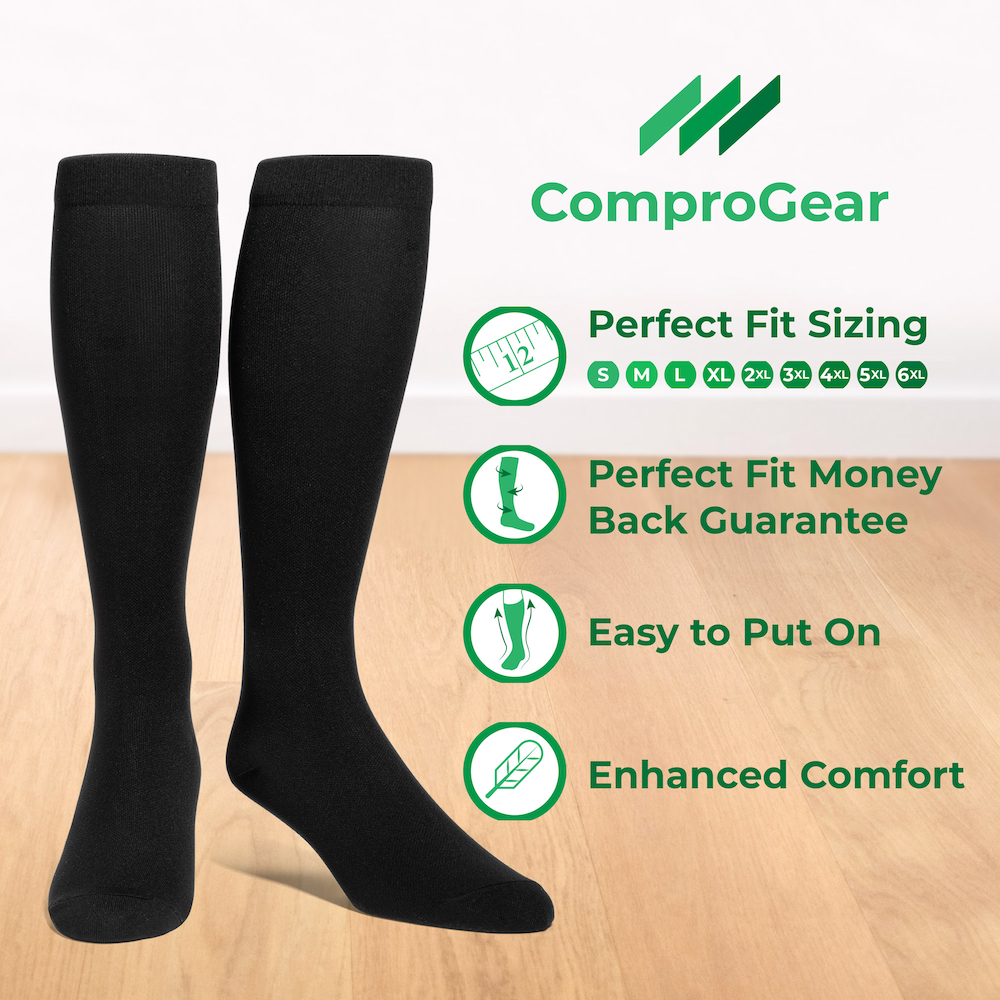Your next long-haul flight just got bearable thanks to a pair of flight socks!
Flight socks are your new best friends and have got to be one of the best inventions in modern times.
With so many people choosing to travel to see more of the world, flight socks are a god-sent piece of clothing that needs to become a staple in everyone’s sock drawer.
In the past, traveling was reserved for individuals with both time and money to spend, whether their purpose was for business or leisure.
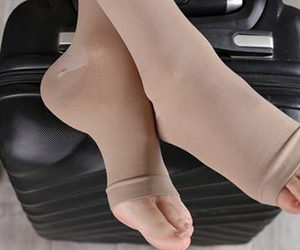
The evolution of airline management combined with people being more digitally connected than ever has created a generation of digital nomads who can work from anywhere around the globe.
Not to mention the effect of social media and how influencers promote beautiful sites and places along with exciting adventures from everywhere around the globe.
The world has moved forward with travel becoming a norm regardless of a person’s social class and buying capacity.
Every traveler knows how awful being cramped in coach on a long-haul flight feels.
Your legs start aching just a few hours into the flight. The worst feeling comes after arriving at your destination when you realize that your legs, after enduring everything they just did, forget how to function properly.
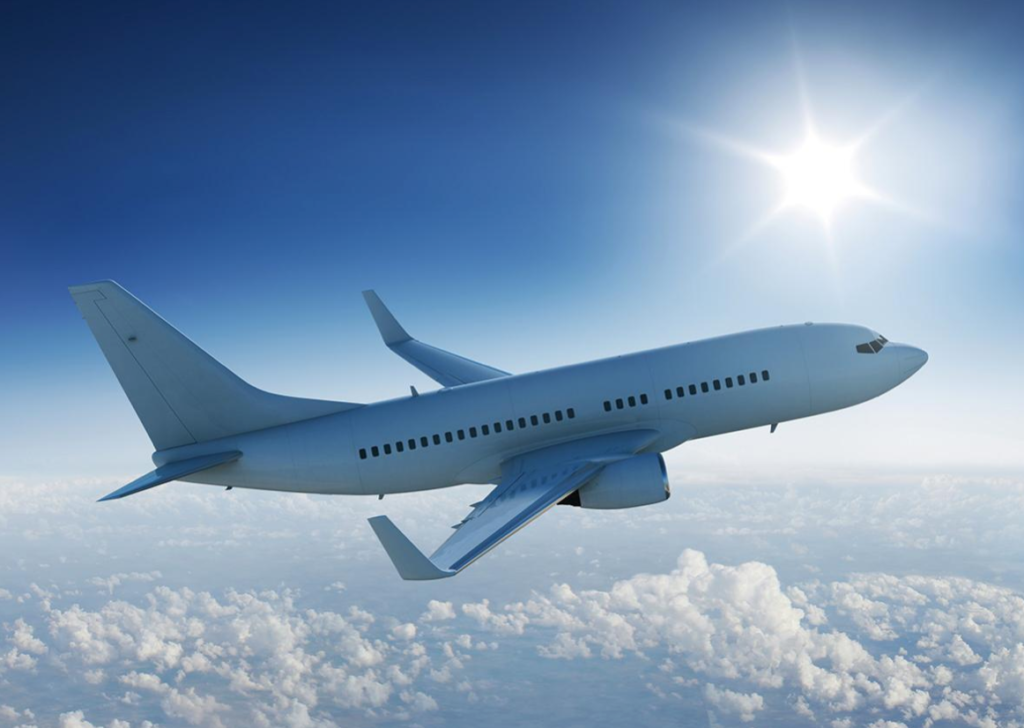
Your ankles grow to the size of Jupiter and walking feels foreign and painful. What happened? You didn’t wear you’re your flight socks, that’s what happened.
Thanks to the human invention of flight socks, traveling on long and boring flights has become easier on our bodies. You’re probably curious about how and why these awesome socks work as effectively as they do.
Keep reading to learn more.
Why are they called flight socks when you can use them even without going on a flight?
I don’t like the compression flight socks. Can I use regular socks instead?
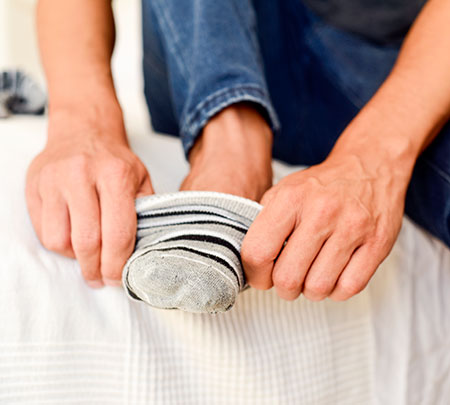
Flight socks got their name because they work so great on flights. They are ideal to wear when traveling whether long or short-haul or by sea, air or land.
On this blog, we focus on how they are best to use while flying, the type of comfort they provide and how they work so well.
The reason they are called flight socks may be heavily influenced by how they rely on counter pressure and compression.
How does that relate to flights, you say? Jet lag is awful, and the culprit is none other than atmospheric pressure.
Compression socks counter the atmospheric pressure within a cabin to make blood circulate better. Flight socks are awesome, and if you aren’t familiar with how they look and feel or even what they are, then no, these aren’t the soft ones provided by your airline in those small and cute personal kits.
Your plain socks would not function the same way as an amazing pair of flight stockings.
Although technically called compression socks, the convenience and functionality of flight socks increase blood circulation while worn.
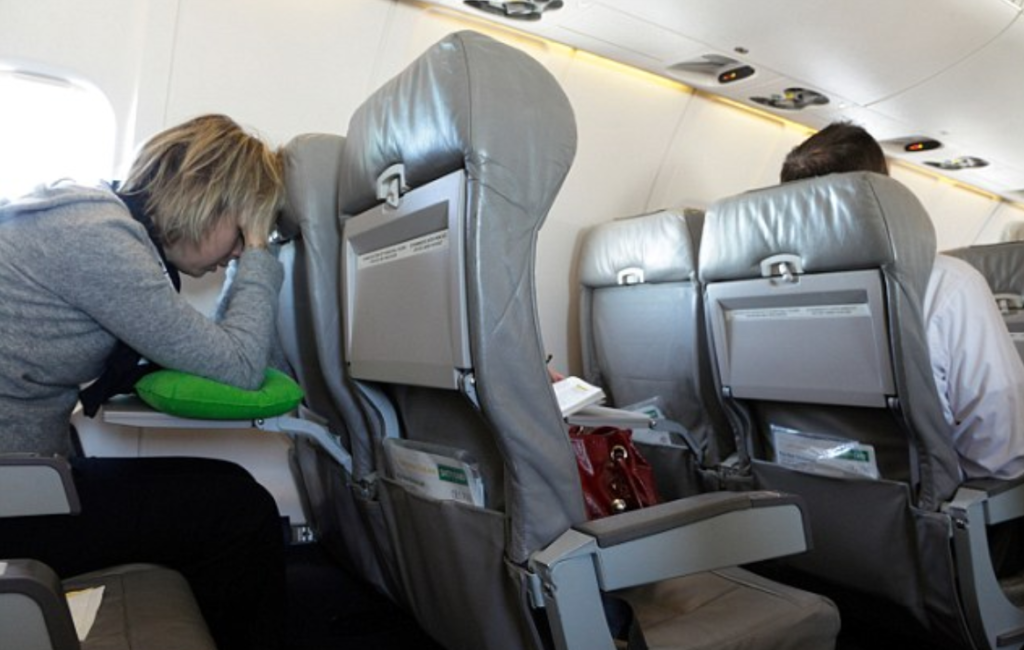
You’d think a pair would be too small for you, but the squeezed feeling help to prevent your veins from swelling due to the stagnancy of being seated in a chair for too long.
In a way, wearing one would feel like putting on a corset for your leg to keep your veins from swelling. If you haven’t packed a pair of flight socks in your carry-on luggage, then you’re making a big mistake!
You want to wear flight socks on your next long-haul flight.
Not only will they keep your toes warm, but they will also help reduce the puffiness and circulation complications after the flight. By avoiding such a situation, you’re able to enjoy your trip better.
You always have the option to stay mobile in flight. Maybe go on a walk up and down the aisle, but being cramped along with close to a hundred strangers will surely make you a nuisance.
You can do a little bit of stretching in intervals and wear your flight socks while doing it. While moving around helps minimize the risk of suffering from aching muscles and swollen joints, compression socks will help circulate your blood to avoid clots.
Enduring a long-haul flight will be easier if you think about your end goal: a stress-free vacation.
Popular Articles on ComproGear
Compression Sock Sizes Compression Sock Size Chart
Rose Toy Rose Toy vs Womanizer
Using Flight Socks for the Ultimate Stress-Free Vacation

If we had a penny for every time somebody had to take a rest and recover from a long-haul flight, we’d be rich!
Well, we’re not saying that flight socks can entirely wipe out the existence of flight stress, but we are saying they can minimize the discomfort that flights cause.
Muscle cramps, leg pain, and other forms of discomfort from sitting still on a long flight remind you at the end of the light just how tired your muscles feel.
Once you pack ta pair of flight socks in your hand-carry luggage, we know that you won’t regret it.
Flight socks: Magic or Science?
How do flight socks work?

We’ve gone over how wearing a pair of flight socks has become a necessity in creating a stress-free trip, but how do they work?
Let’s use the keyword compression because that’s what flight socks use.
The pressure caused by the tightness of the socks pushes fluid from the legs to other parts of the body.
This is necessary because your ability to move inside a plane is very restricted.
Think of it as a type of support for your arteries. It reduces the energy required, thereby resulting in relaxed but functioning arteries and muscles.
Blood flows freely and the veins get a boost to move blood to the heart.
It decreases the risk of blood clots which can cause an array of problems. The simple answer is “no,” it’s not magic. It’s pure science and a little bit of common sense of countering the atmospheric pressure that is caused by elevation when on a flight.
You may have survived long flights without wearing flight socks, but if you use one now it will change your life. Not wearing flight socks will increase your risk of blood clots by not allowing blood to flow freely and causing it to pool too easily.
The concern about blood clots is not where they start from but to where they can move. Blood clots can break away and move to other parts of the body.
While results may be as simple as swelling or discoloration in the skin, major issues may arise if the clots moves towards major organs.
Certain types of people are more likely to suffer from swollen veins brought about by circulation problems, even if it’s not during or after a flight.
They may have a certain condition or are regularly involved in a particular activity that makes compression stockings a staple in their wardrobe.
Flight socks are highly recommended for:
- Post-surgery patients;
- Those who suffer from or at risk of deep vein thrombosis (DVT), varicose veins, or diabetes;
- Individuals with health conditions that limit their leg movement or are bed-ridden;
- People who stand at work all day;
- Athletes;
- Pregnant women;
- And pilots or cabin crew who spend long hours in pressurized cabins.
The use of compression stockings is not limited to only these individuals as anyone who needs to wear a pair to prevent any future health conditions is not discouraged from doing so.
Who Invented This Amazing Discovery?
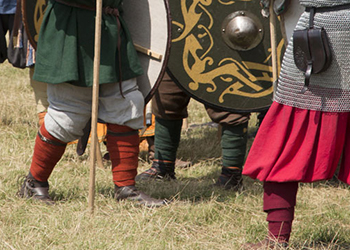
We could say that their origin is founded upon ancient civilizations like Egypt and Rome when people used similar functioning garments for binding and treating injuries.
But the actual recorded history of compression socks did not start until WWII in Europe and during the 1950s in America. It was only then that people started wearing them for health reasons and to alleviate venous pressure.
Who knows how they started wearing insanely tight socks but it feels safe to assume that flight socks have the same origin as with the tourniquet.
Pressure solves a lot of issues, especially when dealing with bodily pain and bleeding. It only makes sense that socks that provide pressure can treat and alleviate a lot of issues that arise from traveling and being immobile for too long.
I am worried that they would look hideous!
Are there any stylish ones in the market? What about sizes?
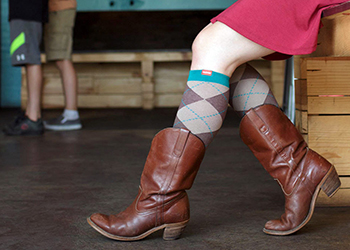
Fear not! With the demand for flight socks consistently and continually increasing year-by-year, manufacturers thought well enough to provide consumers with a wide range of options from which to choose.
In the beginning, you could get only flesh-colored ones that go to below the knee and over your toes – making them look much like a bandage! The evolution of fashion should be thanked for developing better-looking flight socks.
Aside from functional options to choose from like socks or stockings that go up to the thighs, which are perfect if you want to wear them under your pants and not be bothered to put them on or off during a flight, there are also toe-less for if you want to wear flip-flops and many other styles.
Length options now include knee-high, thigh-high, calf sleeve, and ankle-length.
What about colors? Flight socks now also sport just about every color of the rainbow and an option for nude tones as well! You will not have to sacrifice your fashion sense for the sake of comfort.
Let’s talk about sizing because flight socks are pretty complexly sized. There are a few things to take note of when choosing the right size for you. Most of the brands in the market have sizes from small to XXX-large.
These aren’t shirts, so don’t get confused about the sizes. You need to take specific measurements to make sure you get the right size for a perfect fit.
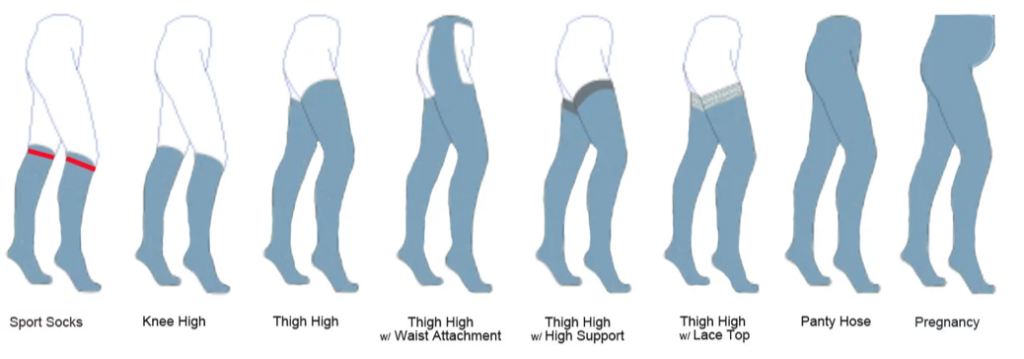
For basic knee-high socks, measure the circumference of your ankle and calf. Calf sleeves require that you measure your calf circumference. Ankle socks are simple and only need your base sole size.
Thigh-high socks can be tricky to size because they require more measurements. Aside from the Ankle and calf circumference, you would also need to measure your mid-thigh, top-thigh and thigh length.
Once you get all the measurements, shopping for and wearing compression flight socks will be a breeze
Help! My socks are too tight, what do I do?

Take note of the compression level of the pair you choose to buy. The different levels serve different purposes depending on why you need the socks.
The pressure is measured in millimeters of mercury, or mmHg, where the larger the number, the higher its compression and the tighter the socks will be.
Levels vary from 8-50 where 8-15 mmHg is the lightest for tired and achy legs; 15-20 mmHg, mild for pregnancy and travelling to prevent deep vein thrombosis; 20-30 mmHg, moderate to treat varicose veins and edema, also known as firm or Class I compression; 30-40 mmHg, or Class II; and 40-50 mmHg or Class III.
Both Class II and Class III should only be worn under the supervision and as prescribed by your doctor. If you find the pair you purchased to be too tight, check the receipt to see if returns or exchanges are allowed.
If not, tuck them away in your sock drawer for when you need more compression or to pass them on to someone you know who might need them.
Modern-day innovation shall and will serve you the best of both worlds – in the form of very versatile flight socks.
Whether you are a digital nomad living in airports and jumping from one flight to another or simply someone who is taking a break and ticking off something from your bucket list, flight socks are a must-have for any type and any length of travel.
So, before you head on to your next adventure, make sure to grab a pair!
